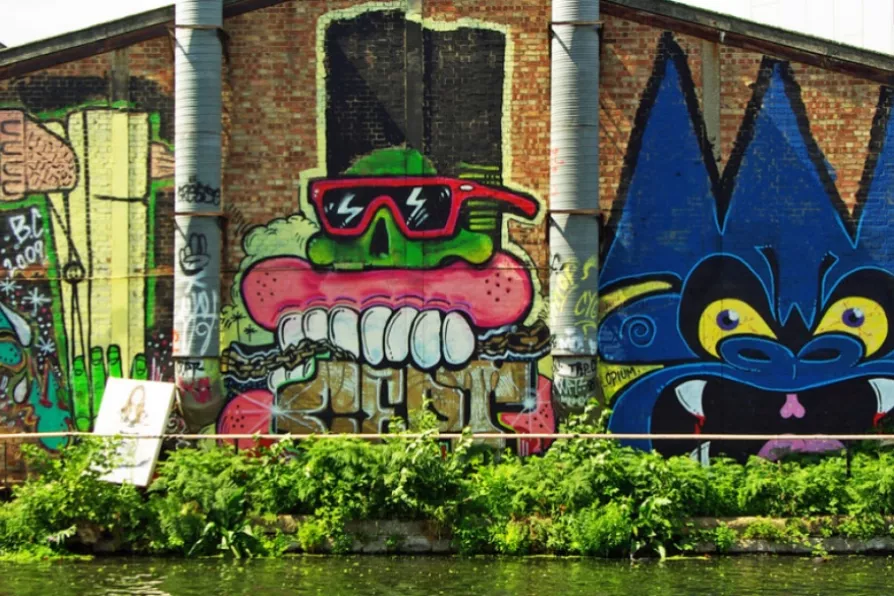The Labour leadership’s narrow definition of ‘working people’ leads to distorted and unjust Budget calculations, where the unearned income of the super-wealthy doesn’t factor in at all, argues JON TRICKETT MP

 Grafitti in Hackney Wick
[Julian Osley/Creative Commons]
Grafitti in Hackney Wick
[Julian Osley/Creative Commons]
Approximately six weeks ago, the artists with studios in Vittoria Wharf were given eviction notices by the London Legacy Development Corporation (LLDC). The reason for the eviction notice, leaving the residents until 5 September to vacate the Hackney Wick premises, is that LLDC intends to build a bridge which it claims is part of the planning condition for 1,500 home units which they are building in the Olympic Park. Currently, approximately 90 artists and businesses for cross-disciplinary arts are housed at Vittoria Wharf to include: set design, photography, film, music, plastic arts, poetry, writers, among many other artistic practices. Among its current or recent tenancy is a 2014 BAFTA nominee, artist Conrad Armstrong whose work will be shown in the Saatchi Gallery next month, musician Nico Casal who collaborated on the Oscar-winning short film, Stutterer (2015), designer Guna Dubrovska whose work will be exhibited at London Fashion Week, and renown ice sculptor, Anne Marie Taberdo.
Formed in April 2012, the LLDC replaced the Olympic Park Legacy Company (OPLC) which was established in May 2009 founded by the then Mayor of London, Boris Johnson, the Secretary of State for Communities and Local Government, Hazel Blears and the Secretary of State for the Department for Culture, Media and Sport, Andy Burnham. Originally this 560 acre block of land in east London’s Lower Lea Valley, composed of land parcels taken from the boroughs of Newham, Tower Hamlets, Hackney and Waltham Forest, was established to create the Olympic Park which is operated under the Greater London Authority. Initially set up to house the 2012 Olympic Games, the plan post-2012 was ostensibly to collaborate with “a wide range of partners from both the public and private sectors to ensure a successful legacy from the Games.” Although the LLDC operates in conjunction with the mayors from the four neighbouring boroughs and other GLA employees forming the LLDC’s board of 14 members, this park is run by a political body with powers that are usually ascribed to a council (ie. access to taxpayer and lottery funds, the right to compulsory purchase) but without the same external governance as councils maintain nor accountability to the voters.
The LLDC have stated that they purchased the site (approximately 40% of Vittoria Wharf) by CPO (compulsory purchase order) through the London Development Agency in 2009 and later acquired planning consent contending: “This new bridge will significantly improve connections around Fish Island, Hackney Wick and into Queen Elizabeth Olympic Park, helping the area properly benefit from the regeneration investment being made there.” However, the plan to build a bridge is troubling for the artists of Vittoria Wharf who point out an already existing pedestrian and cycle bridge one minute’s walk north and a second bridge one minute’s walk south of the proposed site for a third bridge. Additionally, the Corporation’s own feasibility study conducted in 2014 states that the proposed bridge “fails to provide any meaningful public realm that could take advantage of new pedestrian flows to help create a sense of vitality and vibrancy in the immediate area and does not fit into the street network of Hackney Wick and Fish Island.”













